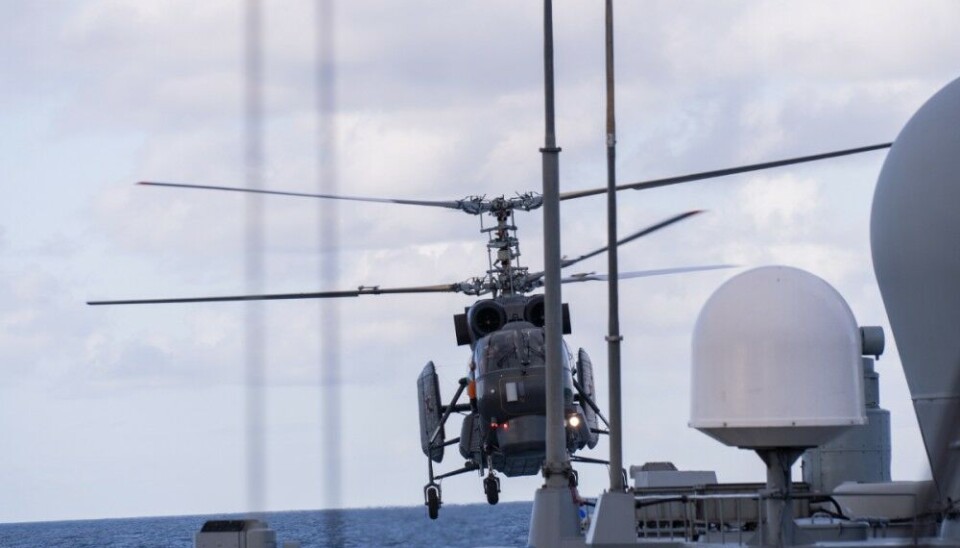
62 years after the Cuban Missile Crisis, Northern Fleet nuclear-powered submarine is headed for Havana
The top-modern, heavily armed, submarine is part of a Russian naval detachment of four ships that will stay in port of the Cuban capital from June 12 to June 17.
“The visit corresponds to the historical friendly relations between Cuba and the Russian Federation,” a statement by Ministry of the Revolutionary Armed Forces reads.
The ministry finds reasons to underline that “none of the ships carry nuclear weapons.”
Commenting on the statement, nuclear weapons expert Hans Kristensen writes on Twitter (X):
“I wouldn’t expect them to but I wonder if the Cubans would be in a position to know.”
Kristensen is Director of the Nuclear Information Project with the Federation of American Scientists.
Unlike non-strategic U.S. navy submarines, Russia’s multi-purpose submarines currently have cruise missiles that can be armed with tactical nuclear warheads.
Last time Moscow and Havana made joint plans involving nuclear weapons, tensions rose to near confrontation between the Soviet Union and USA. The Cuban missile crisis in October 1962 was resolved during some hectic days with hot-line talks between the White Hose and the Kremlin.
It was three weeks ago, on May 17th, the Northern Fleet detachment sailed out from the Kola Peninsula, heading for the North Atlantic. The three surface vessels in the group are the frigate Admiral Gorshkov, the oil tanker Pashin and the rescue tug Nikolai Chiker.

Somewhere outside the coast of Norway, the Admiral Gorshkov in exercise mode put an approaching NATO P-8 maritime patrol aircraft in gunsight, the Barents Observer reported.
The press service of the Northern Fleet this week posted another video from aboard the frigate, this time showing the crew launching a small quadcopter drone as target for artillery shooting.
The frigate carries a Ka-27M helicopter that at locations during the Atlantic voyage are training reconnaissance flights.

“The flights took place at a distance of up to 200 kilometers from the detachment of ships of the Northern Fleet and at altitudes of up to 1000 meters,” a Northern Fleet statement informs.
The Cuban Defense Ministry was first to announce the arrival of the Russian warships. By late Thursday, no official information is published by Russia’s Defense Ministry or the Northern Fleet about Havana as a first destination for the voyage that in May was said to last “for several months” on take place on “the world oceans.”
The Admiral Gorshkov is the lead vessel of Russia’s latest class of frigates. Commissioned in 2018, the warship can be armed with Tsirkon, Kalibr and Oniks cruise missiles, as well as Otvet anti-submarine missile.
Lead vessel of its class is also Kazan. The Yasen-M submarine was launched in 2017 and entered service with the Northern Fleet in 2021. This submarine can carry Oniks and Kalibr cruise missiles. The Defense Ministry in Moscow has previously said the Kazan will be armed with Tsirkon hypersonic missiles.
The Kazan (K-561) is powered by a 4th generation KTP-6 nuclear reactor. The submarine is said to be the quietest in the Russian underwater fleet.
The visit to Havana next week will be the first ever to a foreign port by the Yasen-M class.
Frigate Admiral Gorshkov first time made port call to Havana in 2019. During winter 2023, the warship sailed both the North- and the South Atlantic, including a joint drill with the Chinese and the South African navy, followed by a port call to Cape Town.














